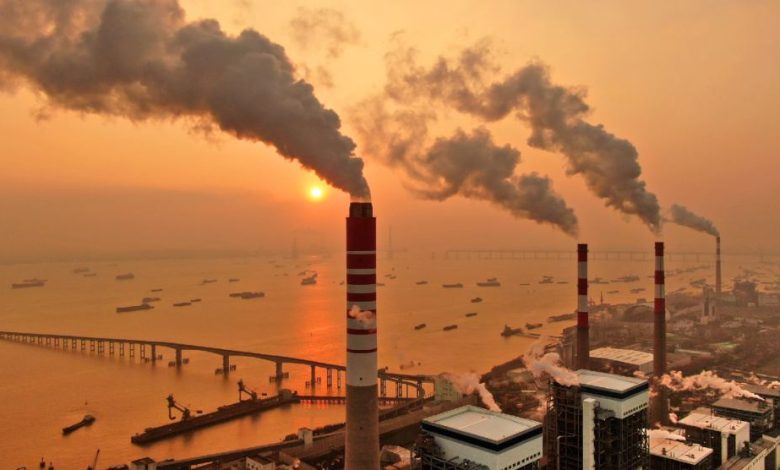China is authorizing new coal-fired power plants
Between October 21 and March ’22, ok at coal-fired power plants for almost 20 GW
(Sustainabilityenvironment.com) – In the first three months of 2022, China gave the green light to the construction of new coal-fired power plants for a total installed capacity of 8.45GW. A leap forward compared to 2021, when the inauguration of new plants had suffered a decline. It is also full-bodied, since it is equal to half the installed capacity throughout the previous year.
To do the math is Greenpeace, which raises the alarm: the numbers say that the Chinese government is not going in the promised direction. What’s going on? Last year, President Xi Jinping assured us that he would closely control the expansion of coal-fired power plants. And for the first part of the year, actually, there was this control: much less the approved plants.
Then a series of blackouts and the energy crisis that bites back made Beijing change its mind. As early as the autumn, authorizations for new coal-fired power plants have soared again, with more than 11 new GW (more than in the previous 9 months combined). The first quarter of 2022 continued along the same path. And in two out of three cases, the ok has arrived for plants not designed for cogeneration, therefore less efficient.
The drop in 2021 was linked to a review of permits for new coal-fired power plants. An initiative that, in theory, served to abandon projects with too high emission content. However, only in the first 6 weeks of this year the permitting machine has broken down at full speed: the approval for 5 plants for a total installed capacity of 7.3GW has arrived.
“Building more coal-fired electricity capacity will not guarantee China’s energy security. It is part of a traditional mentality about the energy sector that has come back to the fore rather quickly. China’s energy shortages do not result from low generation capacity. China has overcapacity of coal-fired power plants. Energy shortages result from poor integration between generation, network, load and storage,” says Wu Jinghan of Greenpeace’s East Asia office.






